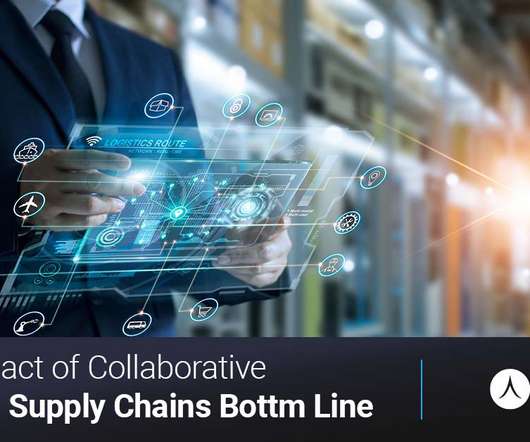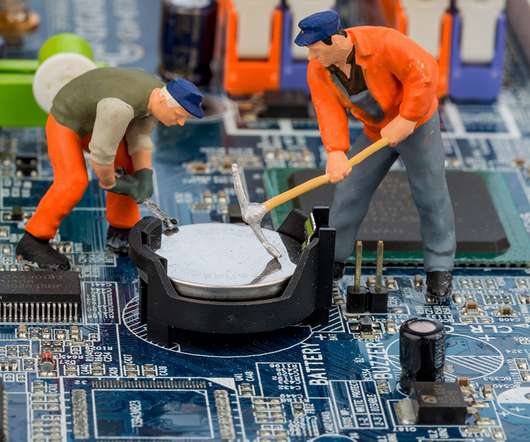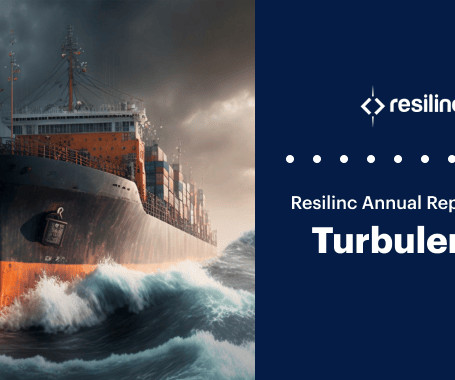Getting Down to Brass Tacks: Can We Really Collaborate?
Supply Chain Shaman
SEPTEMBER 30, 2014
Consumers became more loyal to retail brands, and retailers increased the number of products manufactured and marketed as house brands. Consumers want to shop anywhere, and buy in the way that they want to buy. It needs to be an accurate signal reflecting real-time changes as orders are shipped throughout the day.





















Let's personalize your content